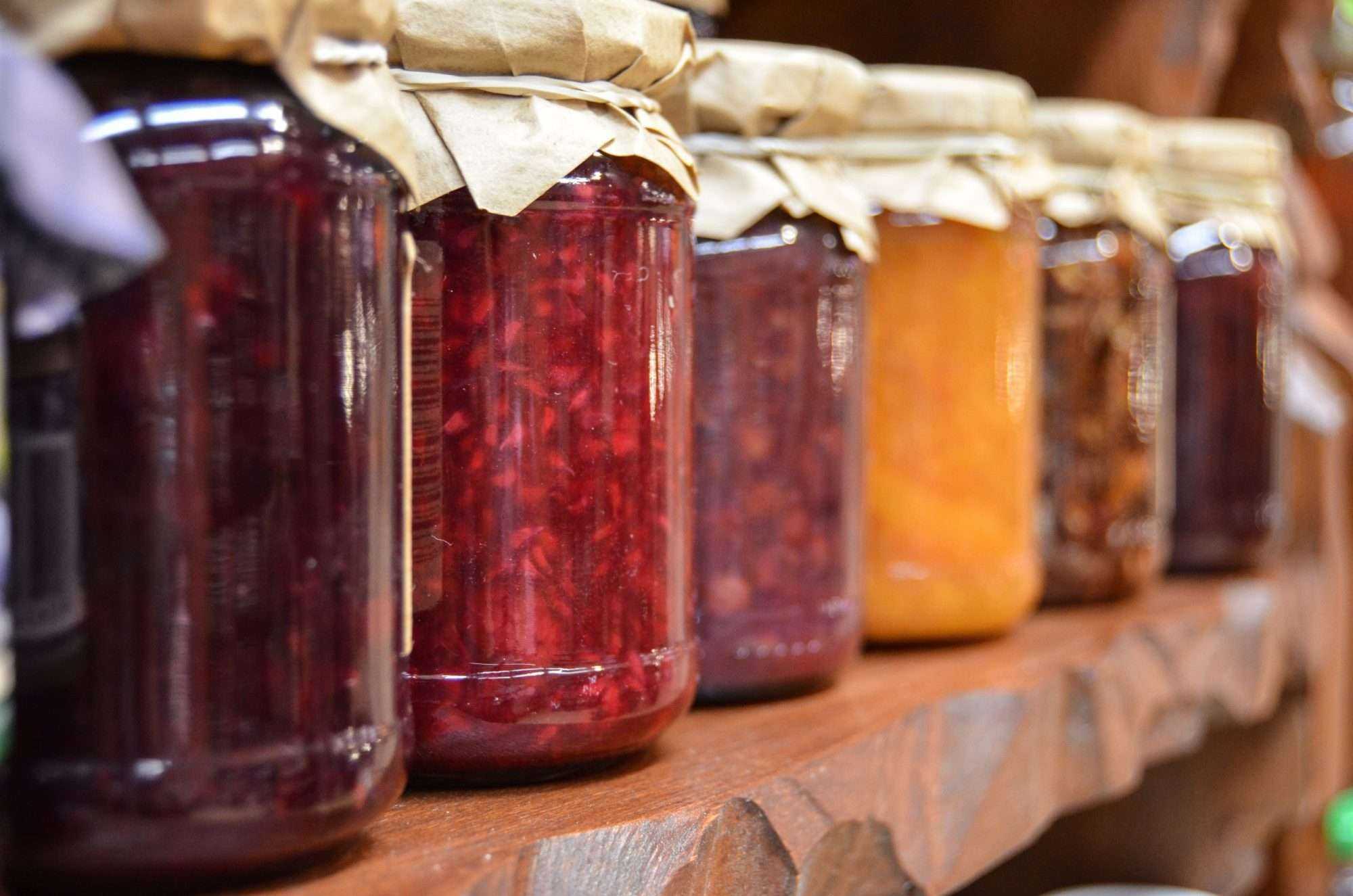BY NOEL CUNNINGHAM
There’s never a better time to learn how to safely preserve food at home. Home food preservation helps you stock up and save money, whether you’re growing your own food or buying in bulk. It adds variety to meals, and the flavor of home preserved foods will taste ten times better than most commercial offerings. You also get to control what’s in your food.
What is food preservation?
We already know that preservatives extend the shelf life of foods, making it possible to enjoy them long after harvest. Food preservation is the process by which food is prevented from spoiling and usually involves preventing the growth of bacteria, fungi, and other microorganisms, as well as retarding the oxidation of fats which cause rancidity. However, food preservation can also mean repurposing food to prevent waste.
What modern method is being used for food preservation?
Modern methods of dehydration use circulating air that is heated just enough to promote dehydration without “cooking” the food. Dehydration is the method of food preservation used for meat jerky, dried fruit or fruit leathers, and herbs.
Five food preservation methods
Dehydration
- Food drying is one of the oldest home food preservation methods. Food can be dried using:
- Commercial dehydrators, such as the Excalibur or American Harvest Dehydrator
- Solar dehydrators
- Sun ovens
- Baking sheets in the oven which is popular for home cooks
- Air drying/hang drying
- Dried foods are great when storage space is tight, but not all foods dehydrate well. Store dehydrated foods in a cool, dry location in an airtight container for the longest shelf life.
Foods that dehydrate well include:
- Fruits- Raisins
- Vegetables- tomatoes
- Seafood
Freezing
Freezing foods typically produces flavors and textures most similar to fresh and requires little specialized equipment. Most vegetables require blanching or cooking before freezing to stop enzyme action and ensure best quality.
What is blanching? Blanching involves heat treating the veggies, then immersing them in cold water to stop the cooking process. Three minutes in boiling water is a common blanching time.
Fermentation
Fermentation changes low acid foods into high acid foods, giving them a longer shelf life to store “as is”, or allowing them to be canned in a water bath canner instead of a pressure canner.
Food ferments through the use of salt, whey or specific starter cultures. This makes it easier to digest and more nutritious. Fermented food is also known as “live culture food”. Fermentation helps create chocolate, cheese, yogurt, and kombucha, as well as pantry staples like sauerkraut, kimchi, sourdough bread and vinegar.
Preserving in salt and sugar
Preserving foods in salt and sugar was more common before modern canning, freezing and dehydrating were available. Salt and sugar draw liquid out of the food. This interferes with microbe growth. Bacteria and molds need water to grow, just like us.
Because they dramatically change flavor and texture, salt and sugar preserving are useful for those with adventurous palates. Sugar helps preserve and improve the taste of fruit jellies, jams, and preserves. Salt helps to preserve some meats, such as salami. Some people cannot process sugar properly and should avoid foods preserved with sugar to reduce the risk of complications from high blood glucose levels.
Vinegar pickling
Microbes can’t survive in a high acid environment, so vinegar can be used for food preservation without heating/canning. Think old-fashioned Escovitch pickle.
Spices can also exert antimicrobial activity in two ways: by preventing the growth of spoilage microorganisms but will need help from salt as well.
Things to know
Fermentation adds nutrition, but most fermented foods last only weeks or months.
Dried foods can last for years and take up very small amounts of space. Use dehydrated foods in soups, stews or other recipes where they will benefit from long, slow cooking with plenty of liquid, or as snack foods. Best used within 2-3 years.
Freezing is easy for beginners but requires freezer space. If you vacuum seal, food can last 2-3 years. Without vacuum sealing, use food within a couple of months.
Freeze dried foods are stored at room temperature – not in the freezer – and they can last for 20 years or more. Foods with some fat or oils are best within 5-10 years.
Canning can be used on a wide variety of foods but does require specific equipment. Canned goods are best used within 1-2 years.
No matter which home food preservation method you choose, properly ripened produce picked and processed quickly is likely nutritionally superior to most grocery store offerings.

